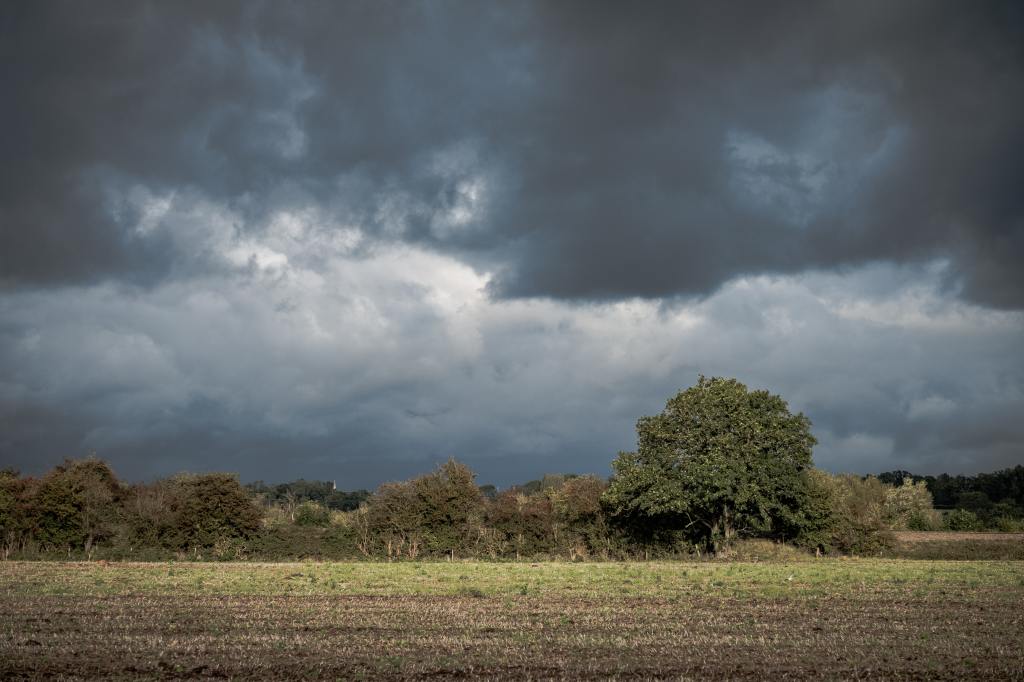Associate Editor Pieter De Frenne talks us through a new research article by Boinot et al which found that the weed communities in bocage landscapes were functionally more diverse, creating important implications for the management of agricultural bocage landscapes.
One of the cornerstones of many national and international agricultural policies, such as the EU Green Deal, is to transition to a sustainable food system and reverse biodiversity loss. In many countries hedgerows and tree lines form part of this strategy of the green infrastructure network to enhance this transition.
Bocage landscapes
Landscapes with a dense network of hedgerows and tree lines on field borders are referred to as ‘bocage’ landscapes. Hedgerows and tree lines provide many important ecosystem services. This includes facilitating in additional carbon drawdown in wood and soil, providing microclimate sheltering, protecting soil, and harboring a remarkable biodiversity.
A potential drawback, however, is that they increase weed pressure on agricultural fields due to spill over, such as via competitive plants that spread into fields from the hedgerows. Or, because they increase environmental heterogeneity in the fields, they may create a more diverse set of suitable habitats for weeds.

Study findings
In a new article now published in the Journal of Applied Ecology, Sébastien Boinot from the INRAE and colleagues now assesses whether this is true. The authors study weed communities in ten 1m² vegetation plots across not less than 74 organic and conventional fields in Brittany, western France. The large majority of these fields were used for winter cereals.
First, they find that weed communities were much more abundant and diverse in organic farming systems than in conventional farming systems. Interestingly, however, weed communities were not more abundant in landscapes with more hedgerows or tree lines (i.e., in more complex bocage landscapes).
Rather, weed communities in fields in bocage landscapes were functionally more diverse. That is, they had higher variance in functional traits such as specific leaf area, seed mass and plant height. Finally, the bocage effect did not interact with the management of the farm (whether it was conventionally or organically farmed), and no clear support for the “spill-over hypothesis” was found.

Management implications
The management implications of this work are important. More diverse weed communities within fields are part of a more sustainable weed management in the face of the negative environmental impacts of herbicides and tillage to remove weeds. This study also suggests that diverse weed communities in arable land are more manageable than competitive weed species – which often compete fiercely with the crop.
Second, diverse weed communities can enhance ecosystem services provided by the weeds – such as their value to pollinators and natural enemies. The results of Boinot et al. thus add another item to the already long list of benefits of hedgerows in agricultural landscapes.
An important and logical next step is to assess the consistency of their results in other crops with contrasting sowing or planting dates, densities, competitive interactions, and, in other regions and climates.

One thought on “Editor’s Choice 60:1 Weed communities are more diverse, but not more abundant, in dense and complex bocage landscapes”